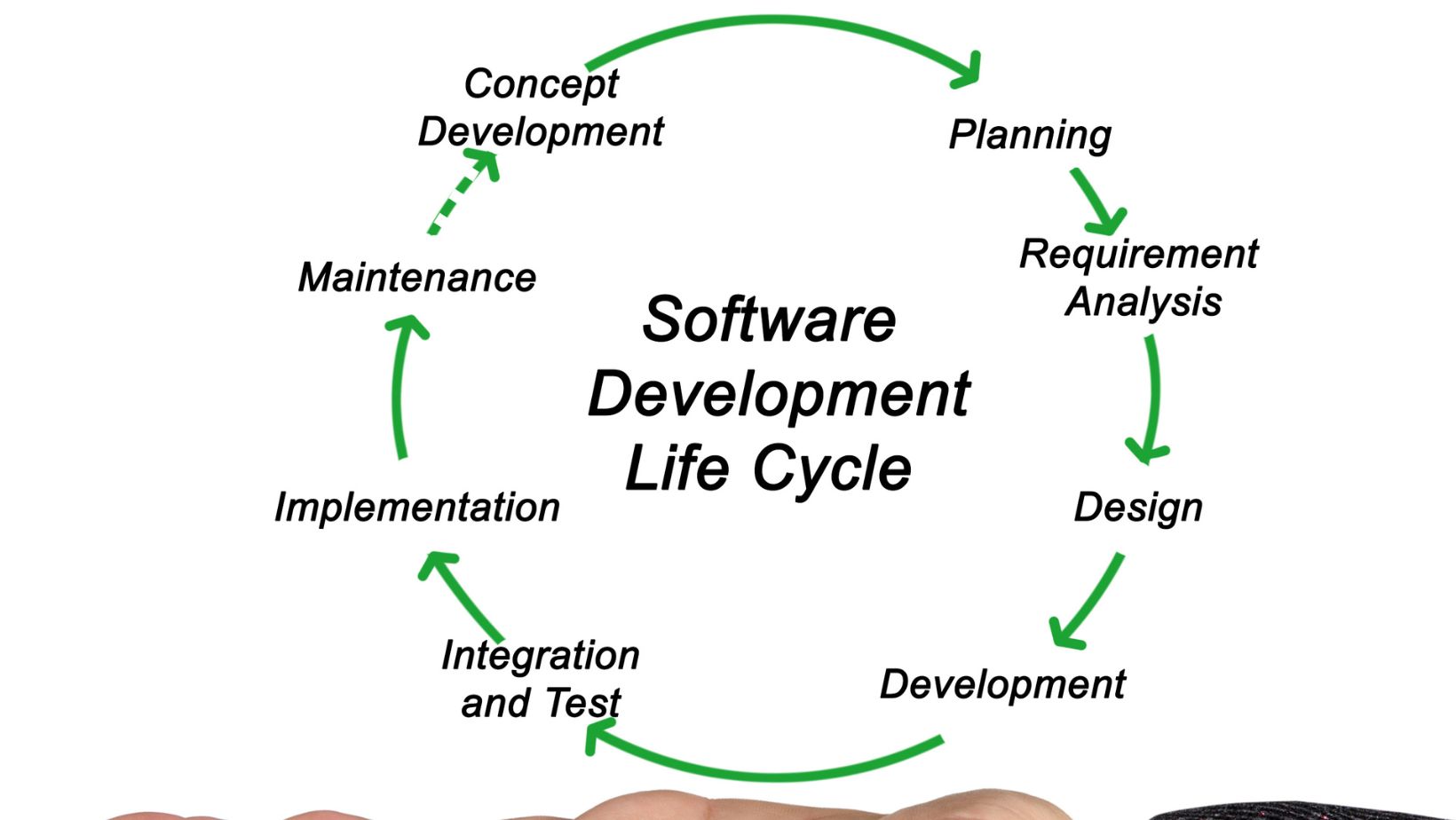Software Development Plan
As a seasoned software developer, I know the importance of a well-thought-out software development plan. It serves as the roadmap that guides the team towards successfully bringing a project to life. From outlining project goals to defining timelines and allocating resources, a solid plan is the foundation for a smooth development process.
In this article, I’ll delve into the key elements of a software development plan and share valuable insights on how to create one that ensures project success. Whether you’re a seasoned developer looking to refine your planning process or a newcomer eager to learn the ropes, understanding the intricacies of a development plan is crucial for delivering high-quality software products efficiently. Let’s explore the world of software development planning together.
Understanding the Project Scope
Defining the project scope is crucial when crafting a software development plan. It sets the boundaries of the work and guides the team on what needs to be accomplished. Here are some key points to consider when understanding the project scope:
- Identify project objectives: Clearly outline what the software should achieve to meet the needs of the end-users or stakeholders.
- Gather requirements: Thoroughly document all functional and non-functional requirements to ensure nothing is overlooked during development.
- Consider constraints: Understand any limitations such as budget, time, or resources that might impact the project scope.
- Communicate effectively: Keep stakeholders informed and involved in defining the project scope to align expectations and prevent scope creep.
- Review and refine: Continuously revisit and refine the project scope throughout the development process to accommodate any changes or new insights.
By accurately understanding the project scope, I can ensure that the software development plan remains focused and aligned with the overall goals of the project.

Setting Goals and Objectives
Defining Project Requirements
When setting goals and objectives for my software development plan, Defining Project Requirements is essential. This involves outlining the functionalities, features, and specifications that the software must meet to satisfy user needs and expectations.
Establishing Timeline and Milestones
In my experience, establishing a timeline and milestones is crucial for keeping the project on track. Setting specific deadlines for key deliverables and milestones helps in tracking progress and ensuring timely completion of the software development plan.
Resource Planning
Assigning Tasks and Responsibilities
When it comes to Resource Planning in a software development plan, it’s crucial to assign tasks and responsibilities clearly. This ensures accountability and helps team members understand their roles in achieving project goals. By allocating tasks effectively, I streamline the development process and maximize productivity.
Allocating Budget and Resources
For successful Resource Planning, allocating the budget and resources wisely is key. I ensure that financial resources are distributed efficiently to meet project requirements. By allocating resources effectively, I optimize project outcomes and minimize potential bottlenecks in the development process.

Risk Management
Identifying Potential Risks
When developing a software plan, it’s crucial to identify potential risks early on to prevent issues down the line. I always conduct thorough risk assessments to pinpoint areas of concern that could impact the project timeline or quality.
Creating Contingency Plans
One essential aspect of effective Risk Management is Creating Contingency Plans. I always make sure to have backup strategies in place to address any unforeseen challenges that may arise during the software development process.
Quality Assurance
Implementing Testing Procedures
When developing a software project, testing procedures play a crucial role in ensuring that the product meets high standards. It involves identifying and fixing bugs, ensuring compatibility across different devices, and validating that the software performs as intended. By conducting thorough testing, issues can be detected and resolved early in the development cycle, preventing more significant problems down the road.
Ensuring Code Quality
Code quality is paramount in software development, directly impacting the functionality, efficiency, and maintainability of the software. By adhering to best coding practices and conducting code reviews, developers can identify and rectify any issues in the codebase. Code refactoring also plays a vital role in maintaining code quality over time, ensuring that the software remains scalable and robust.

